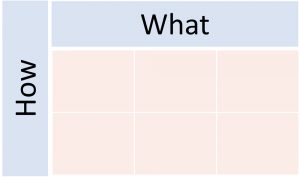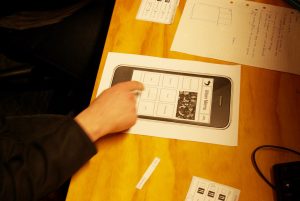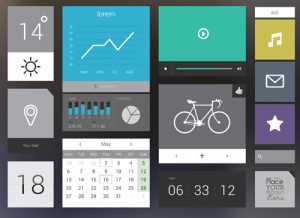
Why You Should Measure UX Attitudes
Watching how people interact with an interface tells you a lot about what works and what needs improvement. And while observing behavior is essential for understanding the user experience, it’s not enough. Just because a product does what it should, is priced right, and is reliable, doesn’t mean it provides a good user experience. Users








